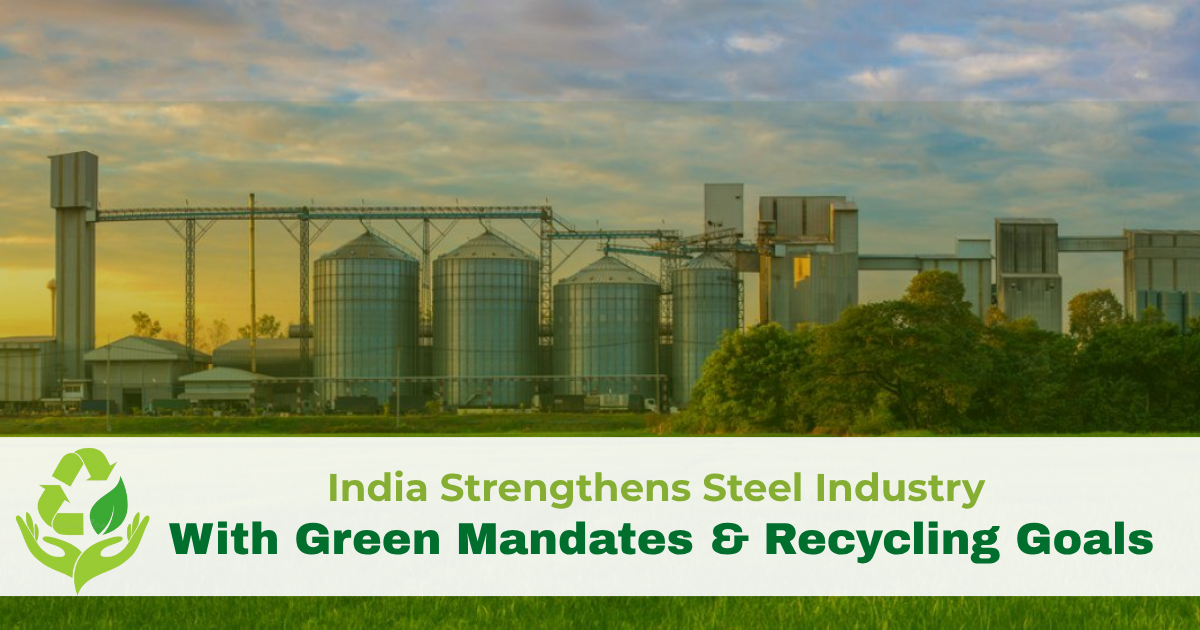India–US Trade Tensions Rise Over Steel and Auto Tariffs NMDC Limited reports a 38% drop in Q4 FY24 consolidated net profit RINL to Raise $23 Million Through Land Sales Amid Crisis

India is reinforcing its steel industry with a strategic mix of policy support, sustainability mandates, and recycling initiatives, aiming to hit its ambitious 300 million tonnes (Mt) production target by 2030–31.
To curb the impact of cheap imports, especially from China, the government has imposed a 12% safeguard duty on selected steel products and is considering doubling it to 24%. This move aims to protect domestic producers and maintain fair market conditions.
In a push toward sustainability, the Ministry of Steel plans to mandate the use of green steel in all central government projects starting fiscal year 2027–28. The requirement will be in effect for at least eight years, signaling a strong commitment to low-carbon infrastructure.
The government is also working on a broad incentive scheme to encourage steelmakers to adopt renewable energy, use green hydrogen, and transition to low-emission technologies. This includes setting quotas for green steel in public sector procurement to accelerate the shift to cleaner production.
On the recycling front, Tata Steel has announced plans to produce up to 15 Mt of steel annually using electric arc furnaces over the next 10–15 years. This marks a major step in India’s transition to circular steelmaking and emission reduction.
These measures reflect India’s balanced strategy of growing domestic capacity, promoting sustainability, and reducing reliance on carbon-intensive imports all while positioning the country as a global leader in green steel.
Also Read : Capex target of ₹11.11 lakh crore is set for FY25, but the FY24 aim falls short Union interim budget proposes ₹9,138 cr for railway projects in AP for 2024-25